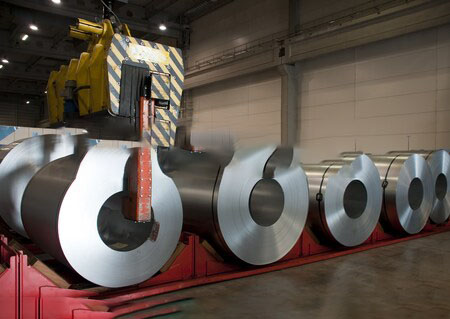
Stainless steels are a large and diverse range of engineering materials that are further developed due to corrosion resistance. The corrosion resistance of stainless steel comes from a high amount of chromium higher than 12 wt%. The greater the amount of chromium, as well as some of the elements in nickel molybdenum -alloy will increase the corrosion resistance properties.
Stainless steels are a large and diverse range of engineering materials that are further developed due to corrosion resistance. The corrosion resistance of stainless steels comes from a high amount of chromium higher than 12 wt%. The greater the amount of chromium, as well as some of the elements in nickel molybdenum-alloy, will increase the corrosion resistance properties.
Stainless steels according to the metallurgical structure and chemical composition is divided into five main categories:
1. Ferritic stainless steel 2. Martensitic stainless steel 3. Austenitic stainless steel 4. Austenitic-ferritic stainless steel (duplex) 5. Precipitation hardening grade Stainless steels are a large and diverse range of engineering materials that are further developed due to corrosion resistance. The corrosion resistance of stainless steels comes from a high amount of chromium higher than 12 wt%. The greater the amount of chromium, as well as some of the elements in nickel molybdenum-alloy, will increase the corrosion resistance properties.
These types of steels are designed and manufactured for various applications. For this purpose, a different level of finish and smoothness is required. for each application, the Surface finish is an important element in any specification of stainless steel.


